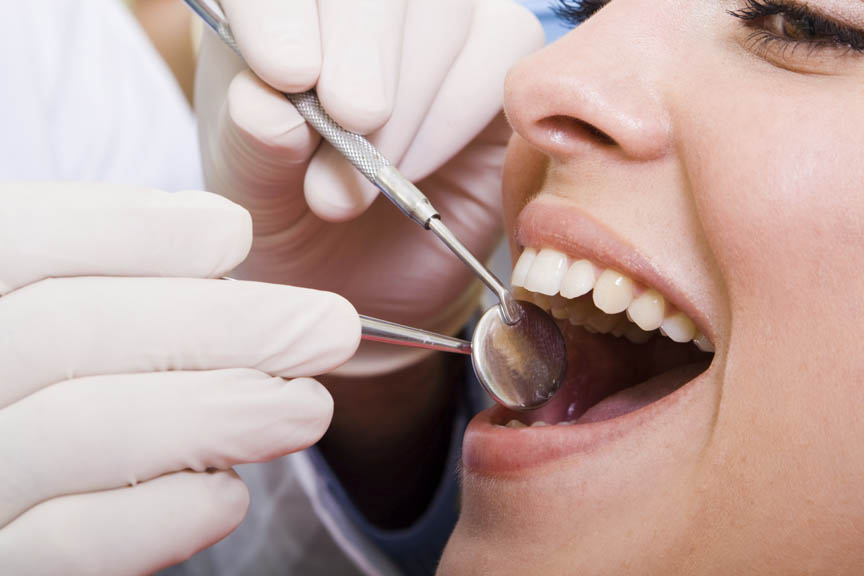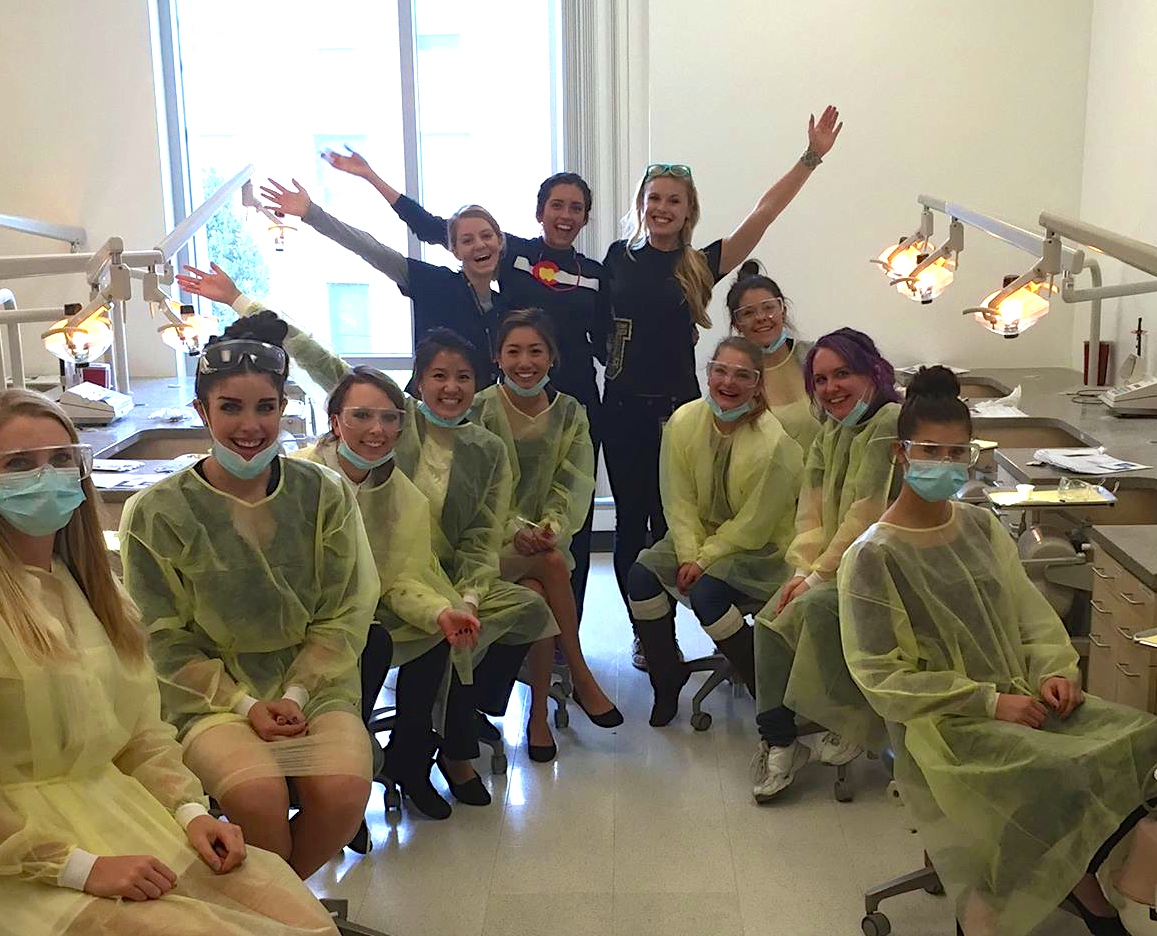 This blog post is adapted from a letter originally published via email on March 2, 2016. This post is reprinted with permission from the American Student Dental Association. For more dental student news and updates, visit ASDAnet.org.
This blog post is adapted from a letter originally published via email on March 2, 2016. This post is reprinted with permission from the American Student Dental Association. For more dental student news and updates, visit ASDAnet.org.
ASDA has had a remarkable past year as an association, and personally this year has been one of the wildest, most fulfilling experiences I could have imagined. From the 2015 election in Boston to National Dental Student Lobby Day in Washington DC to National Leadership Conference in Chicago to our House of Delegates in Dallas, this year has been a whirlwind of challenge and excitement. Because it's difficult to get an accurate sense of what it's like to serve on ASDA's Executive Committee, I’d like to share some insights about our work over these past 12 months.
Wellness Initiative
As I was reading over farewell speeches given by ASDA presidents over the past ten years, I came across the one delivered by Jiwon Lee, and I was reminded again what an intelligent, insightful, talented leader she was. Jiwon was ASDA's immediate past president when we lost her to suicide just a couple months after she gave that speech to open ASDA's 44th Annual Session.
That loss is still difficult for those of us who knew and worked with Jiwon, but one of ASDA's most important accomplishments this year - the one that makes me most proud to be a part of this association - has been the continued rollout of the Wellness Initiative that we launched in response to her passing.
That initiative has expanded from a mental and emotional focus to include ASDA's five dimensions of overall wellness. Each of those dimensions — emotional, physical, intellectual, occupational, and environmental — has a separate section on our website with a variety of ASDA and external resources that are updated throughout the year. This is in addition to:
- Monthly wellness challenges like "going dark for 24 hours"
- The testimonials you heard at NLC about addiction and overcoming obstacles in dental school
- The upcoming wellness webinars that will kick off this month
- And the fact that the AADEJ selected the Wellness Issue of Mouth for the Larry Meskin Award for Excellence in Dental Student publications — and furthermore, that content from that issue will be re-published this month in the Journal of the California Dental Association.
Because of course, this is about much more than fun runs and catchy hashtags. This is about the fact that dental school can be a dark time. And many of us haven't experienced that — we made it through undergrad as the helpers, not the helped. But we need to destigmatize the idea of being helped. If you log onto our website, you can click on your school and learn how to connect with the wellness resources offered by your university. Yes, dental school is hard on your mind, hard on your body, and hard on your spirit — and you're not the only dental student who feels like that. ASDA's Wellness Initiative is here because we want to be able to show you where to turn.
Student Debt
Another major development that's going to affect dental students this year is the work of the ADA's Student Debt Work Group. According to ADEA, the average dental student debt for 2015 graduates is $255,567. ASDA participated in that work group, which was chaired by ADA Trustee and former ASDA Board Liaison, Dr. Jeffrey Cole. The group secured a deal with Darien Rowayton Bank (DRB) that will allow dental students to refinance their loans at much lower rates upon graduation.
Licensure Reform
I told all of you last year that licensure reform would be my top priority. Many now agree that our licensure system is broken, but there is still little consensus about which path to take in fixing it. There are many organizations advocating for different pathways to licensure reform, but there's only one American Student Dental Association.
This past July, the Board of Trustees revisited the idea of our ideal licensure examination and passed an interim L-1 policy that has allowed the Executive Committee to be extremely nimble and clear in advocating for reform. And not just reform -- but the right reform. I was honored and proud when the House of Delegates approved that policy at Annual Session last week.
If you haven't had a chance to review the policy, do so now. This policy is empowering us — and things are changing. Because of the way candidacy for licensure is determined, reform can't be accomplished by any kind of sweeping federal legislation. Licensure is a state's rights issue, so change on the licensure front has to happen on a state-by-state basis. You can imagine that running 50 separate reform efforts is a daunting task, and it is. But change is happening, however incrementally.
ASDA's power is in its voice, because we are the future of the profession. I'm looking forward to hearing that voice in the coming days.
Final Thoughts
I really credit the Board of Trustees for the decisions they've made to steer ASDA in the right direction. Our Board members are dental students with exams, practicals, and competencies like the rest of us, but they've turned themselves into experts on the issues that affect dental students in order to make decisions for the best interest of everyone. Thanks to all of them, including our inexhaustible Colorado ASDA president and District 9 Trustee, Kyle Larsen. And I especially want to thank my fellow Executive Committee members — Adrien Lewis, Niveditha Rajagopalan and Nancy Honeycutt — for their humor, talent, stamina and intelligence.
One of the greatest challenges about ASDA's leadership structure is that we serve one-year terms, which means our leaders turn over almost completely every year. But this is also one of ASDA's greatest strengths. It gives every set of ASDA leaders exactly one year to aggressively throw themselves into the fight for ASDA's initiatives, and then turn that work over to a new group of fresh, creative minds.
I think this is so incredible because it gives our association the ability to reevaluate ASDA's direction through new eyes every single year. It's such a gift to know that Adrien, Niv, and I will pass our work on to a new Executive Committee that can analyze and critique what we've done, and potentially take this association in a direction the three of us could never have imagined. It's not with a heavy heart that I'm ending this term - it's with a happy one. I can't wait to serve in a supporting role for the next leaders of this association.
I feel so humbled to have had the chance to serve you as president this year. I see bright, exciting futures ahead for all of our members, and I feel fortunate to have been a part of an association that's making our collective future brighter by the day.
Thank you,

Christian Piers, Colorado ‘16
ASDA Immediate Past President
 National Dental Student Lobby Day: my first national meeting and what I would consider the beginning of my involvement with ASDA. Attending what is considered the most influential annual meeting that ASDA holds every year was an honor, and I’m glad to be able to attend again this year. This is an event where over 400 students from schools nationwide come together to lobby about important issues in organized dentistry as a unified voice, seeing that changes occurring in the profession are brought about by the ones who know it best: dentists and dental students.
National Dental Student Lobby Day: my first national meeting and what I would consider the beginning of my involvement with ASDA. Attending what is considered the most influential annual meeting that ASDA holds every year was an honor, and I’m glad to be able to attend again this year. This is an event where over 400 students from schools nationwide come together to lobby about important issues in organized dentistry as a unified voice, seeing that changes occurring in the profession are brought about by the ones who know it best: dentists and dental students.



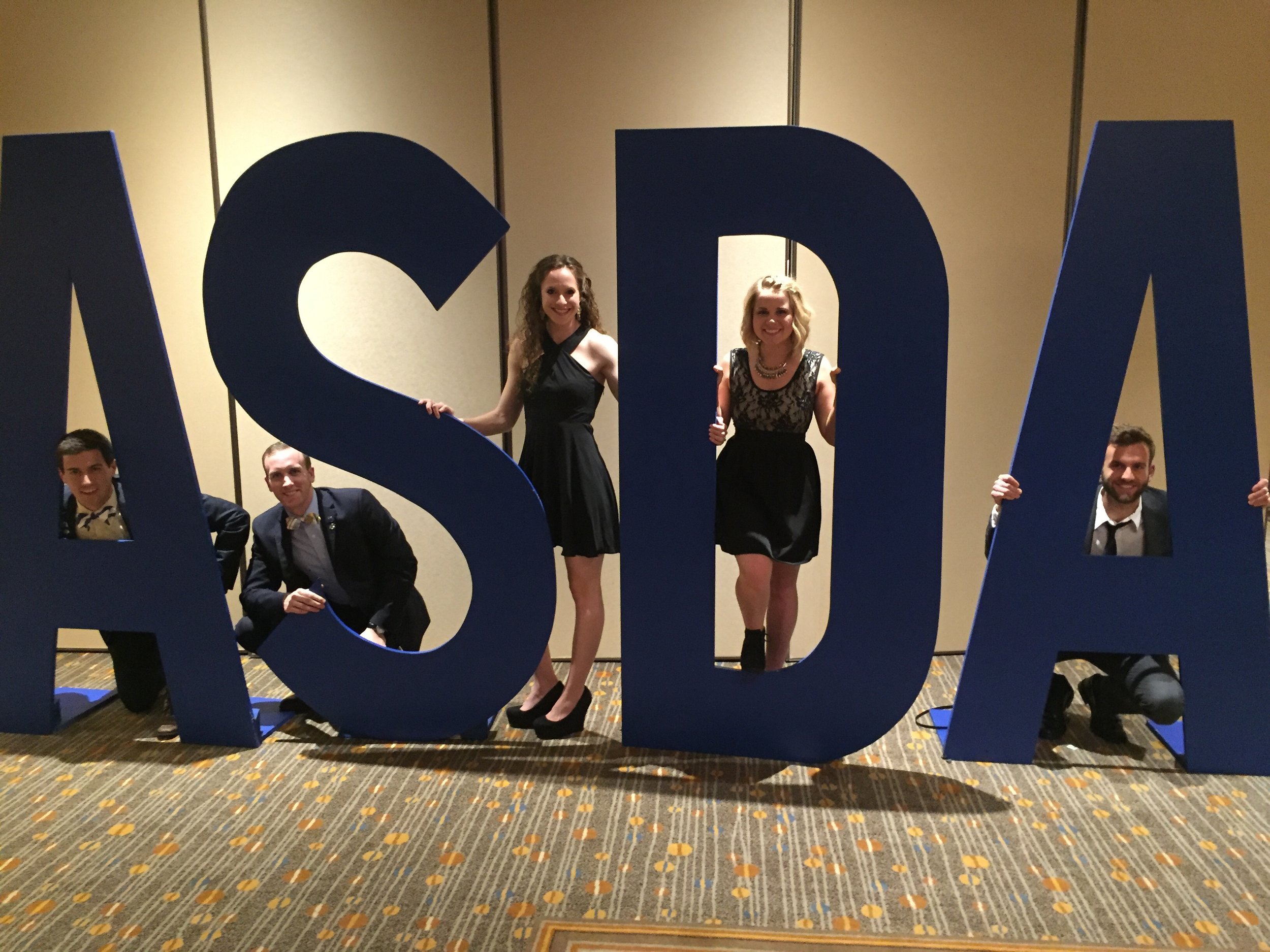






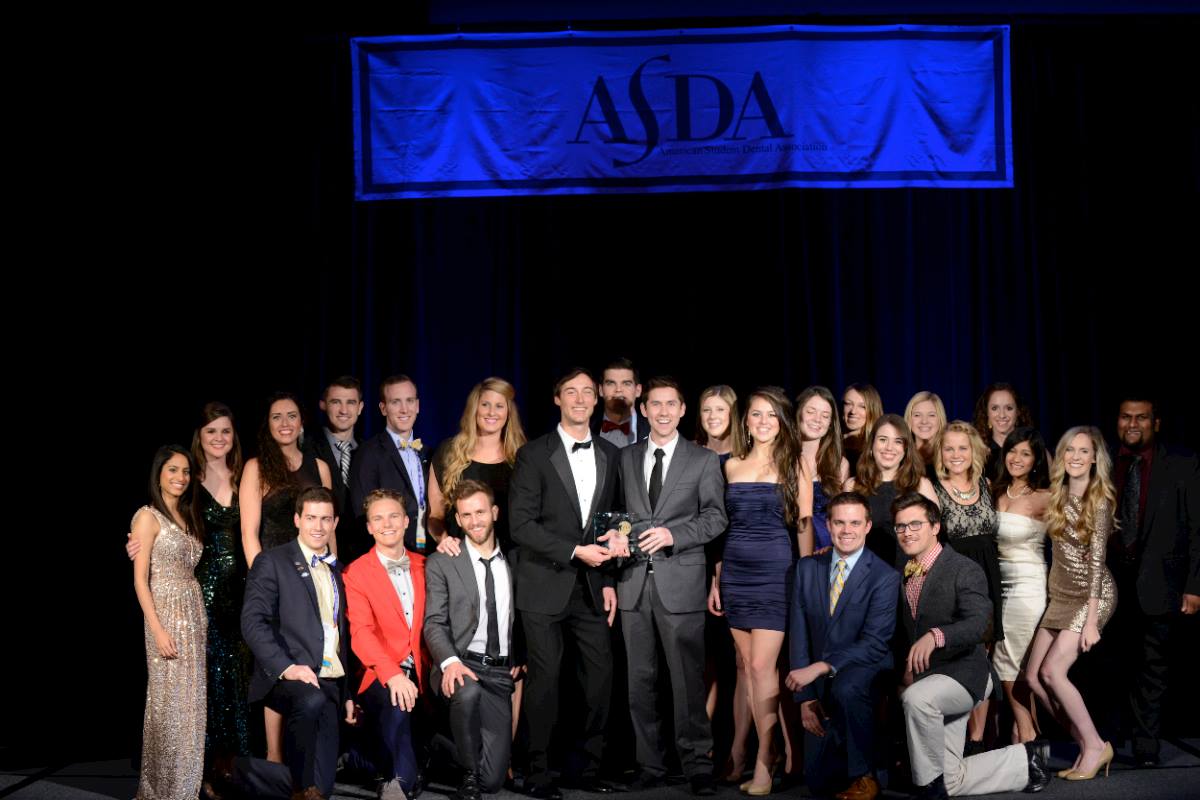



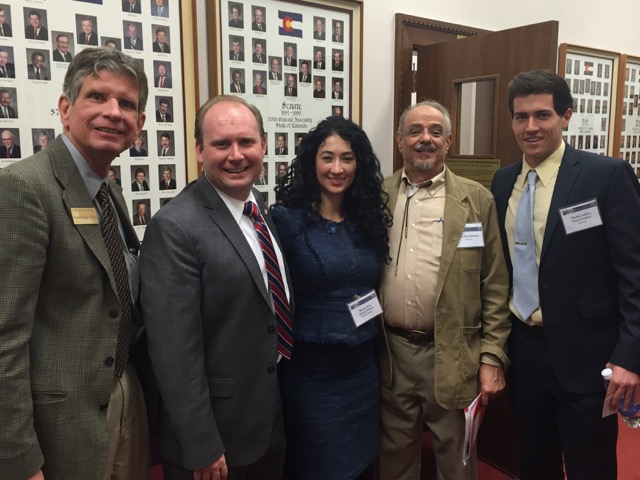 At some point, you might have heard the saying, “It’s not who you know, but what you know.” This advice typically refers to networking with others in an effort to learn from professionals in your industry, exchange useful ideas, and perhaps find your dream job.
At some point, you might have heard the saying, “It’s not who you know, but what you know.” This advice typically refers to networking with others in an effort to learn from professionals in your industry, exchange useful ideas, and perhaps find your dream job.


